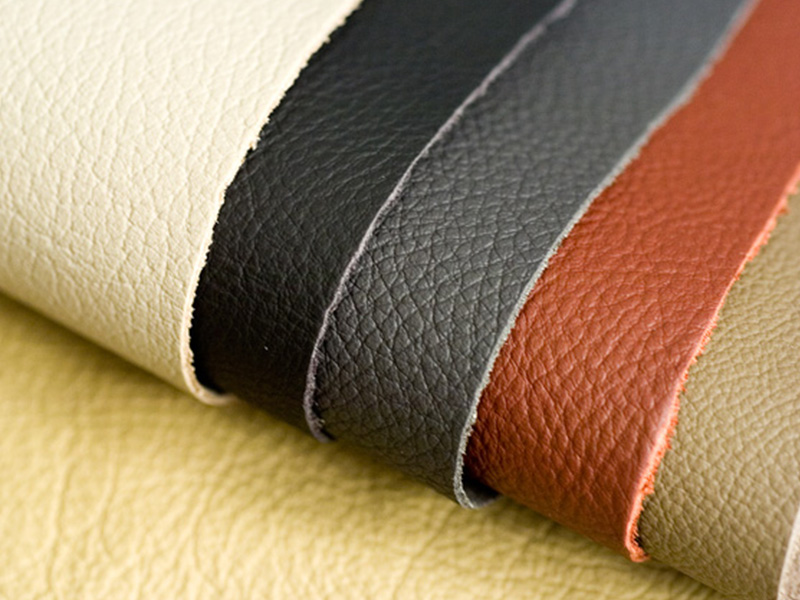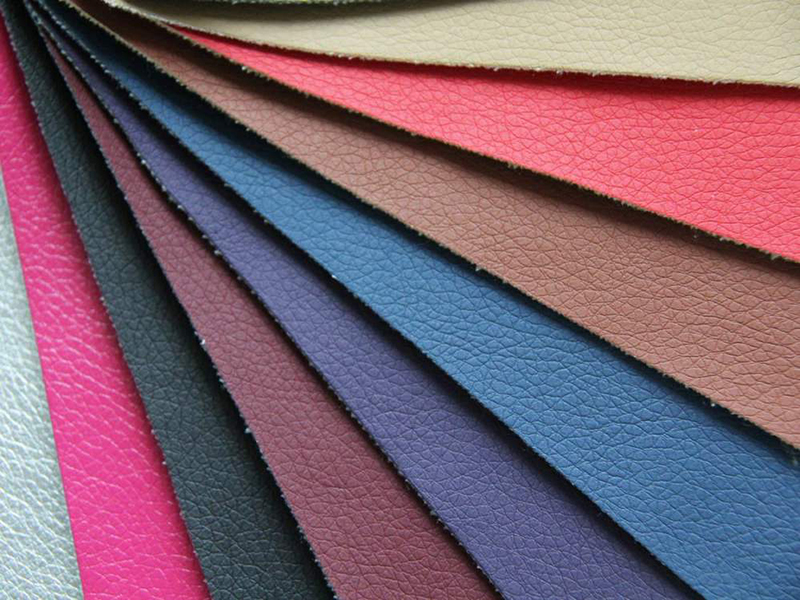Delhi, the bustling capital city of India, is renowned for its vibrant business sector, including the thriving leather industry. The leather raw material market in Delhi plays a critical role in meeting the demands of manufacturers and exporters in this sector. This article explores the price trends, notable features, and key aspects of establishing a successful leather raw material market in Delhi.
Price of Leather Raw Material Market in Delhi
The leather raw material market in Delhi is influenced by several factors, including the availability of raw materials, market demand, and global economic trends. The prices of leather raw materials, such as hides and skins, vary based on various quality grades and sizes. In addition, the cost of other inputs like tanning chemicals, dyes, and finishes also affects the final price of the raw material.
Delhi, being a major center for leather trade, experiences price fluctuations due to supply and demand dynamics. However, the market strives to maintain competitive pricing to attract buyers from both domestic and international markets. It is advisable for buyers to compare prices from different suppliers and negotiate suitable deals to optimize their procurement costs.
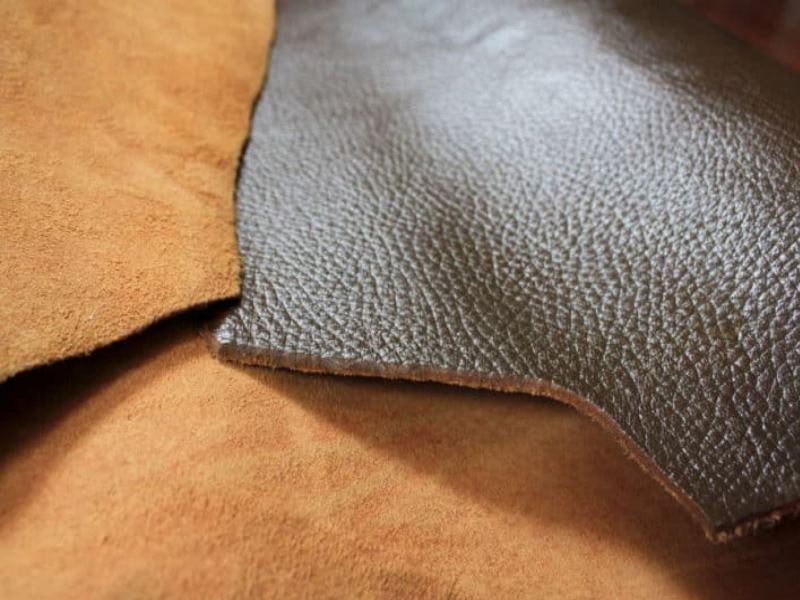
Features of Leather Raw Material Market in Delhi
1. Diverse Range of Raw Materials: Delhi’s leather raw material market offers a wide variety of options to cater to the requirements of different end users. From various grades of hides and skins, including cow, buffalo, goat, and sheep, to exotic leathers like crocodile and snake, the market provides access to an extensive range of raw materials.
2. Quality Assurance: The leather raw material market in Delhi places significant importance on ensuring the quality of its products. Reputed suppliers engage in rigorous quality control practices to maintain consistency in the supplied raw materials. They adhere to international standards and certifications, ensuring that buyers receive reliable and superior quality raw materials for their production processes.
3. Market Competitiveness: Delhi’s leather raw material market is highly competitive, as it caters to the demands of both domestic manufacturers and exporters. The presence of numerous suppliers promotes healthy competition, driving constant innovation and improvements in product quality. This competitive environment also helps keep prices reasonable and ensures a steady flow of raw materials in the market.
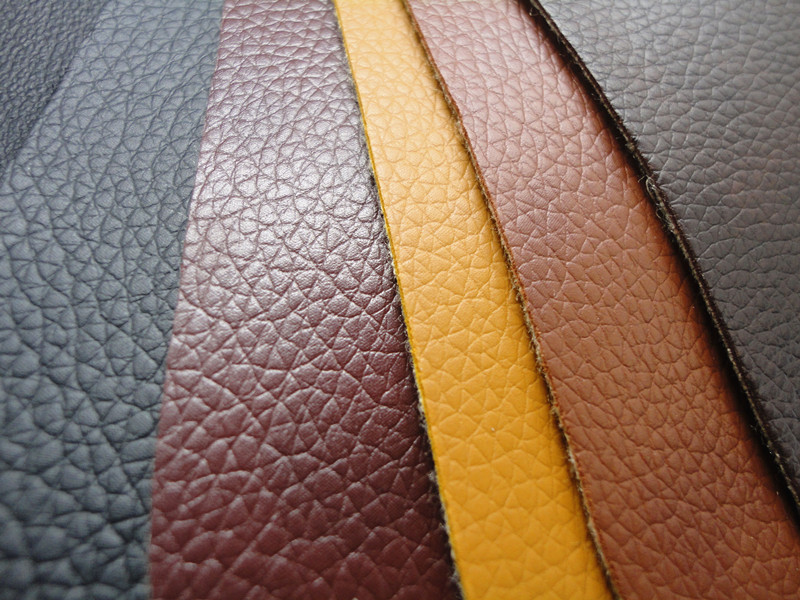
4. Network of Suppliers: The leather raw material market in Delhi boasts an extensive network of suppliers, which facilitates efficient sourcing and procurement for leather manufacturers. Suppliers maintain comprehensive inventories of raw materials, enabling them to meet diverse buyer requirements promptly. The collaborative ecosystem allows for a streamlined supply chain, ensuring a seamless flow of materials in the market.
How to Make a Leather Raw Material Market in Delhi
Establishing a successful leather raw material market in Delhi requires careful planning and execution. Here are some key steps to consider:
1. Research and Analysis: Conduct thorough research to understand the market dynamics, demand trends, and potential competitors. Identify the target market and assess the specific needs and preferences of potential buyers.
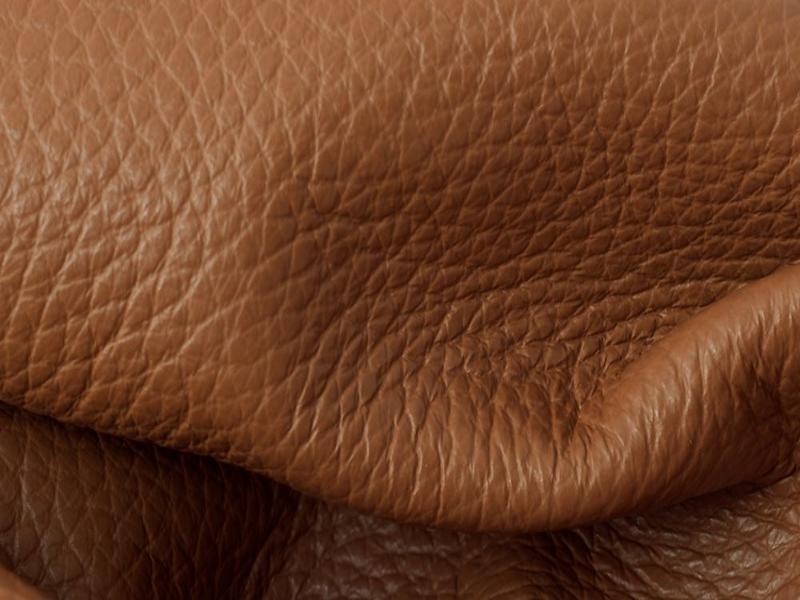
2. Supplier Network: Build a robust network of reliable suppliers who can provide a diverse range of high-quality raw materials. Establish partnerships with established traders and wholesalers to ensure a steady supply chain.
3. Infrastructure and Storage: Secure appropriate spaces for storage and warehousing to accommodate the raw materials. Ensure suitable storage conditions that preserve the quality of the materials, taking into account factors like temperature, humidity, and ventilation.
4. Compliance and Certifications: Familiarize yourself with the relevant regulations, certifications, and standards required for the leather industry. Adhere to environmental and ethical norms to maintain the industry’s sustainability and reputation.
5. Marketing and Promotion: Develop a strong marketing strategy to reach potential buyers. Leverage both online and offline channels, such as trade shows, online platforms, and industry publications, to showcase your offerings and attract customers.

Conclusion
The leather raw material market in Delhi is a vibrant and competitive industry that caters to the needs of leather manufacturers and exporters. With its diverse range of raw materials, focus on quality assurance, and a strong supplier network, the market provides ample opportunities for growth and success. By following a carefully planned approach and leveraging effective marketing strategies, entrepreneurs can establish a thriving leather raw material market in Delhi, contributing to the growth of the city’s dynamic business landscape.
